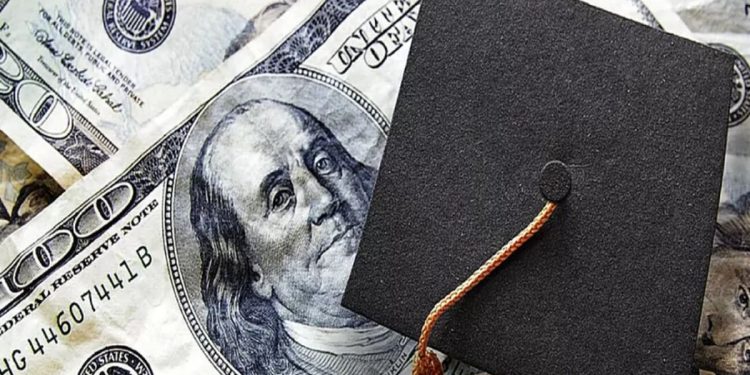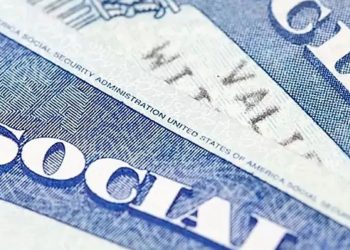As students and families prepare for the 2025–2026 academic year, many face the reality of another year burdened by high federal student loan interest rates. While there may be a slight dip compared to the previous year’s peak, projections indicate that borrowing costs will remain at levels not seen since the inflation-heavy 1980s.
Interest Rates for Federal Loans Stay Near Record Highs
According to education finance expert Mark Kantrowitz, federal student loan interest rates are expected to remain steep for loans disbursed between July 1, 2025, and June 30, 2026. Projected rates are as follows:
- Undergraduate Loans: 6.39%
- Graduate Loans: 7.94%
- PLUS Loans (for parents and graduate students): 8.94%
Although these rates are slightly lower than last year’s highs, they are significantly higher than the historically low 2.75% rate seen in 2020 during the early stages of the COVID-19 pandemic.
Why Are Rates Still So High?
Federal student loan rates are determined annually based on the results of the 10-year Treasury note auction each May, with a fixed margin added. The May 2025 auction yielded around 4.34%, leading to the current projections.
Kantrowitz attributes the continued high rates to the Federal Reserve’s decision to hold off on interest rate cuts. Concerns about persistent inflation and fluctuating unemployment levels have made the Fed cautious about loosening monetary policy.
The Real Cost to Students and Families
The impact of these rates is significant. For example, a first-year dependent student borrowing the $5,500 maximum at 6.39% interest would pay nearly $1,800 in interest over a 10-year repayment period. In contrast, a similar loan at 2020’s 2.75% rate would have resulted in less than $1,000 in interest.
A $10,000 loan under the current projections would require monthly payments of approximately $113 over 10 years. When considering multiple years of borrowing—and potentially graduate school—the financial burden grows rapidly.
Political Uncertainty Adds to the Challenge
In addition to the financial strain, students are facing increased political uncertainty. The Biden administration’s Saving on a Valuable Education (SAVE) plan, designed to offer income-based relief, is currently under a court injunction. Meanwhile, Republican lawmakers are advancing proposals that would dramatically reshape the repayment landscape.
One proposed repayment plan includes:
- A 30-year repayment term
- No inflation adjustment
- A benefits cliff that could drastically increase payments with even a small income rise
Moreover, the future of the Public Service Loan Forgiveness (PSLF) program remains uncertain, adding another layer of complexity for borrowers planning careers in public service or nonprofit work.
What Borrowers Should Do Now
With interest rates remaining high and repayment options in flux, students and families must approach borrowing with caution and awareness. Here are a few strategies:
- Borrow only what is necessary and avoid overextending on loans.
- Consider community college or in-state tuition to lower costs.
- Explore scholarships and grants that don’t require repayment.
- Stay updated on policy changes that could affect loan repayment terms.
Conclusion
The 2025–2026 academic year presents a tough borrowing environment, with historically high interest rates and political wrangling over repayment plans. Students must be proactive, informed, and strategic to make decisions that safeguard their financial futures.











